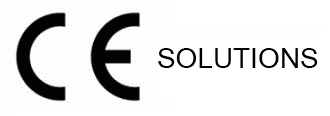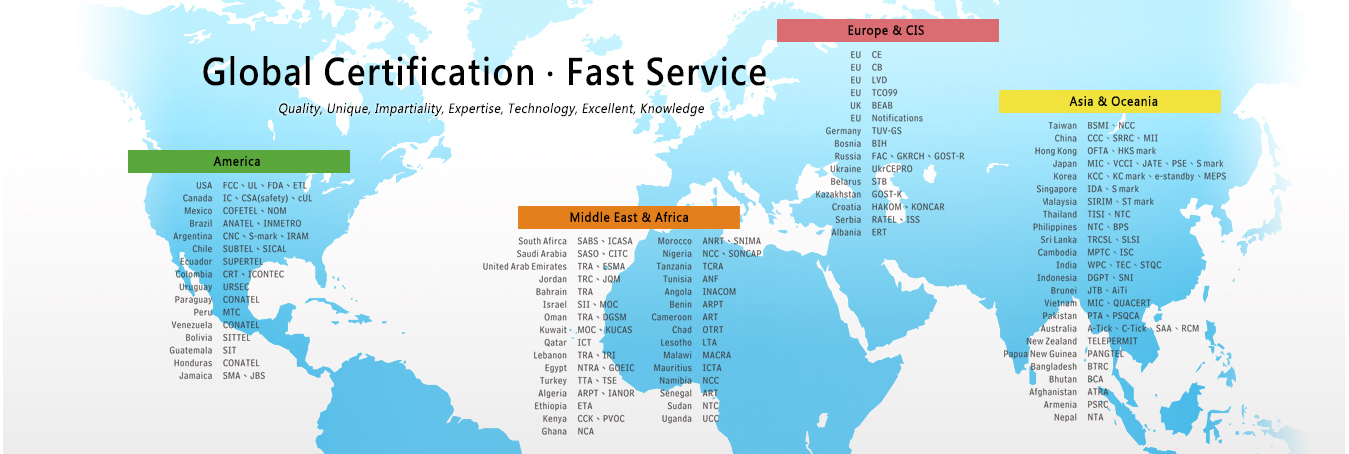The new radio equipment directive RED 2014/53/EU adopted by the European Union on April 16, 2014, replaces the previous directive R&TTE 1999/5/EC. Published on May 22, 2014, the RED took effect on June 13, 2016, with an additional transition period of one year for manufacturers to comply with the new requirements. RED raises the requirements on radio equipment such as broadcast digital TV and radio receivers, mobile phones, satellite receivers and any equipment that uses WLAN, Bluetooth or ZigBee. With RED, not only radio transmitters, but also radio receivers have to meet minimum regulatory performance requirements and need to be tested.
RED only applies to wireless devices as the Telecom equipment now falls under the EMC Directive and Low Voltage Directive.
The scope of Radio Equipment Directive RED 2014/53/EU is different to that of the R&TTE Directive. Key changes are as follow:
RED only applies to wireless devices as the Telecom equipment now falls under the EMC Directive and Low Voltage Directive.
The scope of Radio Equipment Directive RED 2014/53/EU is different to that of the R&TTE Directive. Key changes are as follow:
- sound and TV receive-only equipment (broadcast receivers) now falls within the scope of the Directive;
- equipment operating below 9 kHz now falls within the scope of the Directive;
- radio-determination equipment is now clearly included within the scope of the Directive;
- telecom terminal equipment now falls outside the scope of the Directive; this equipment will in future be covered by the LVD/EMC Directive, if their scope covers this equipment;
- the RED only applies to wireless products;
- custom built evaluation kits destined for professionals to be used solely at research and development facilities for such purposes is explicitly excluded from the RED.





